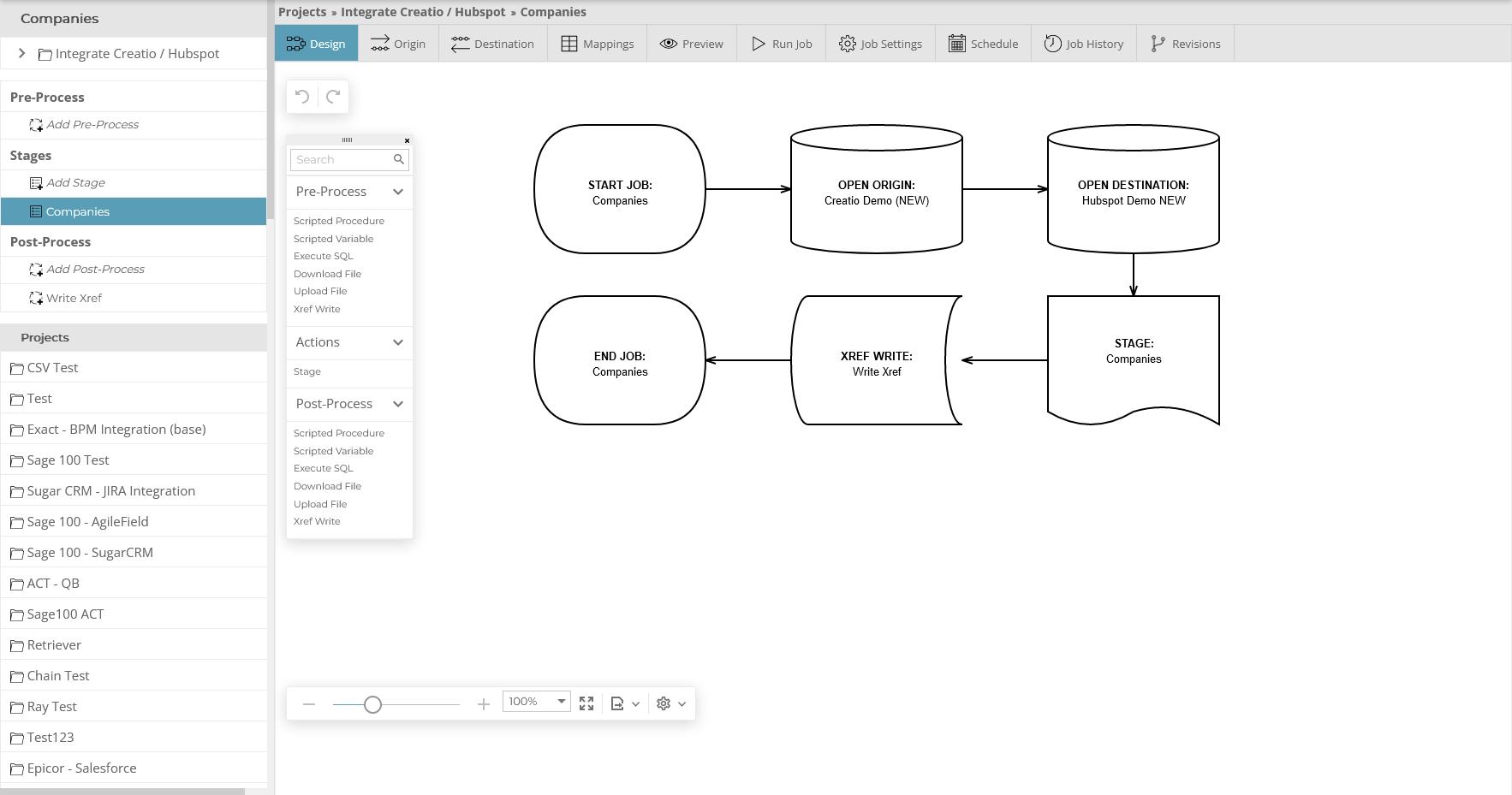Understanding Data Mapping: A Crucial Tool for Modern Businesses


As organizations generate and accumulate vast amounts of data from various sources, the need to manage this data effectively becomes paramount. One key process that helps in efficiently handling this data is data mapping. But what exactly is data mapping, and why is it so important? Let’s dive into the details.
Data mapping is the process of aligning fields or attributes between different datasets to define how data from one source will be transformed and stored in another. This process is essential in areas such as database management, data integration, and data migration projects, enabling developers to efficiently transfer data between applications and customize data maps to meet specific project needs.
Data mapping involves three critical elements: source data, target data, and transformation rules.
1. Source Data: This refers to the original data that needs to be mapped or transferred. Source data can originate from a variety of places such as databases, files, applications, or external systems.
2. Target Data: Target data is the endpoint of the data mapping process. This could be a database table, a file, or any other system where the mapped data is intended to be stored or utilized.
3. Transformation Rules: These are the guidelines applied during the data mapping process to convert the source data into the necessary format for the target location. Data often needs to be transformed because formats differ between applications. Transformation rules may cover aspects like data type conversion, data validation, data cleansing, aggregation, or other manipulations needed to ensure accurate and consistent mapping.
Data mapping finds its application in several critical business functions:
Data Migration and Integration: When migrating data from old systems to new ones or integrating data from various sources, data mapping ensures that data elements in source and destination systems match accurately.
Business Intelligence (BI) and Analytics: For BI and analytics, data mapping unifies data from various sources, facilitating comprehensive analysis and helping organizations to identify valuable insights.
Supply Chain Management: In supply chain management, data mapping optimizes information flow across the network, making it easier to manage inventory, production, shipping, and supplier details.
Regulatory Compliance: Data mapping assists in regulatory compliance by categorizing and documenting data flows, which is crucial for managing and reporting.
To simplify data mapping, iPaaS (Integration Platform as a Service) solutions like StarfishETL offer visual data mapping tools. These tools allow users to connect applications and manage data flows without the need to write extensive code, making the process more accessible and less error-prone.
Visual data mapping tools are particularly useful in complex projects where multiple data sources and formats must be integrated smoothly to ensure consistent and reliable data flow across various business functions.

Data mapping is an essential process that supports numerous business activities, from data migration to regulatory compliance. By understanding and implementing effective data mapping strategies, businesses can enhance their data management capabilities, leading to improved decision-making, operational efficiency, and compliance.
For those looking to explore visual data mapping and understand how it can be applied to your next project, consider reaching out to specialists like those at StarfishETL at sales@starfishetl.com for more tailored advice and solutions.
Fill out the form below and we will contact you